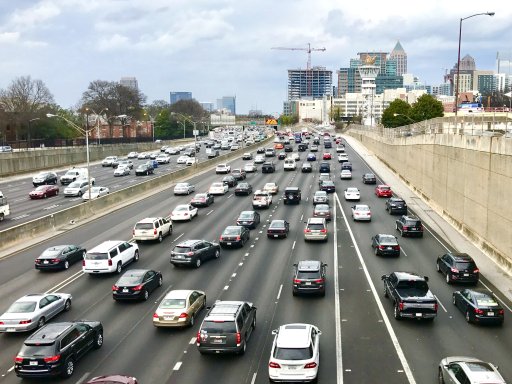Minda Monteagudo is a one-of-a-kind student, literally. She is the first student to ever graduate with a Ph.D. in ocean sciences and engineering from Georgia Tech.
Georgia Tech scientists and engineers are building a new DOE-funded instrument that captures 3D images of plant-microbe chemical reactions underground in an interdisciplinary effort to develop biofuels and fertilizers — and help mitigate climate change.
Georgia Tech scientists and engineers are building a new DOE-funded instrument that captures 3D images of plant-microbe chemical reactions underground in an interdisciplinary effort to develop biofuels and fertilizers — and help mitigate climate change.
Georgia Tech scientists and engineers are building a new DOE-funded instrument that captures 3D images of plant-microbe chemical reactions underground in an interdisciplinary effort to develop biofuels and fertilizers — and help mitigate climate change.
Georgia Tech scientists and engineers are building a new DOE-funded instrument that captures 3D images of plant-microbe chemical reactions underground in an interdisciplinary effort to develop biofuels and fertilizers — and help mitigate climate change.
Georgia Tech scientists and engineers are building a new DOE-funded instrument that captures 3D images of plant-microbe chemical reactions underground in an interdisciplinary effort to develop biofuels and fertilizers — and help mitigate climate change.
Georgia Tech scientists and engineers are building a new DOE-funded instrument that captures 3D images of plant-microbe chemical reactions underground in an interdisciplinary effort to develop biofuels and fertilizers — and help mitigate climate change.
Georgia Tech scientists and engineers are building a new DOE-funded instrument that captures 3D images of plant-microbe chemical reactions underground in an interdisciplinary effort to develop biofuels and fertilizers — and help mitigate climate change.
School of Earth and Atmospheric Sciences researchers show connections to traffic emissions as chief cause
School of Earth and Atmospheric Sciences researchers show connections to traffic emissions as chief cause
Pagination
- Previous page
- 46 Page 46
- Next page


